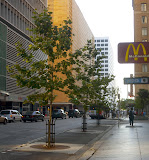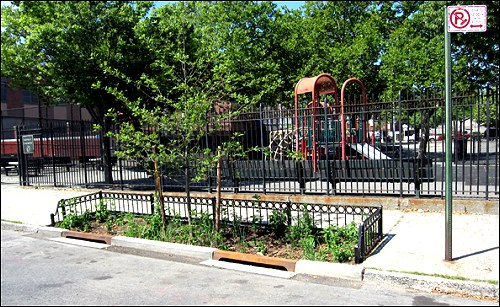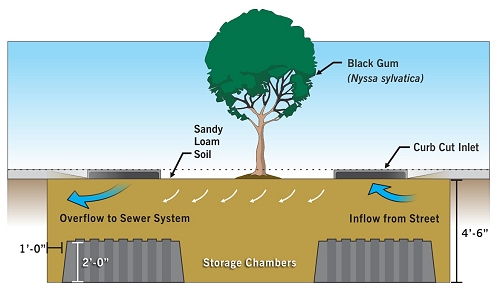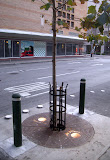Recipe for Park Chelsea's Microparks
T
Take a Community Garden where community will be grown
add
add
Sidewalk seating arrangements that allows for face to face conversations
and

shared activities
(these Upper west side neighbors are playing Travel Scrabble)
add
Curb cut Inlets Storage Chambers
to store rain from overwhelming CSO's ( Combined Sewer Outlets)
add
Bollards
to protect from traffic
add
Storage Area
for garden tools
and
recreational paraphernalia
add
Block Bulletin Board
Will allow block residents a means of communications
place ingredients


in Parking Lane Location for Garden
and

shared activities
(these Upper west side neighbors are playing Travel Scrabble)
add
Curb cut Inlets Storage Chambers
to store rain from overwhelming CSO's ( Combined Sewer Outlets)
add
Bollards
to protect from traffic
add
Storage Area
for garden tools
and
recreational paraphernalia
add
Block Bulletin Board
Will allow block residents a means of communications
place ingredients


in Parking Lane Location for Garden
with seating on sidewalk of
Why a Park and Community Garden and not just a Park?
Ranger Bob says: "I'd been working on the design of the Park Chelsea concept since late 2010. It was only after I'd been given the garden space at 8th Ave and 25th St and offered to share it with my neighbors did the true power of organizing Park Chelsea as a series of constantly evolving community garden spaces come together "
At a surface level Park Chelsea is about creating more open space opportunities for the
people of Chelsea. At a deeper level it's about growing community,
getting to know your neighbors, seeding friendships. I have talked
to people in the building in which I live who have never been in the
apartments of the other people who live on their floor. I've talked
to neighbors who after years of living next door to each other still
don't know what their names are. I've talked to businesses who are
in the business of bringing people together yet have no contact with
the other businesses on their street. By designing this project in a
way which will function only with the participation of people on
their blocks and in their buildings, community will grow. And when
it comes down to it, this is as important as the stated goal of the
project
The importance
of involving communities
in
the design process
The passage below
by the internationally renown landscape architect Laurence Halpern
presents some insight as to the importance of the participants of a
community into the design of their community.
Involvement
and Participation
The
concept of involvement and participation
underlies
this whole report. It seems central to the
comments
of all our consultants. Rand has
summarized
the point when he says, "Designed
environments
which are thought out. formalized,
and
complete are usually lifeless' and
unapproachable
because (a) they do not invite
interaction
and modification to suit immediate
human
needs; (b) they are unable to grow, develop
and
become extended through human use. Human
habitation
merely fulfills (for better or far worse)
the
designer's conception of their potential
meaning
rather than leading to the discovery
of
new functions and new forms of interaction.
Oddly
enough [he goes on to say] many environ-
ments
which 'work' well for people meet few.
if
any, aesthetic criteria ordinarily employed
by
designers."
From New York, New
York (1968) by Lawrence Halpern and Associates.
Ranger Bob says: "I'd been working on the design of the Park Chelsea concept since late 2010. It was only after I'd been given the garden space at 8th Ave and 25th St and offered to share it with my neighbors did the true power of organizing Park Chelsea as a series of constantly evolving community garden spaces come together "
Park Chelsea is a project of:
Chelsea
community gardeners -- we grow community!









No comments:
Post a Comment